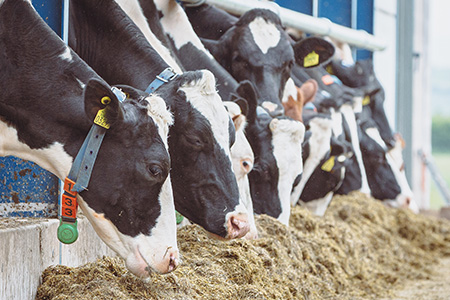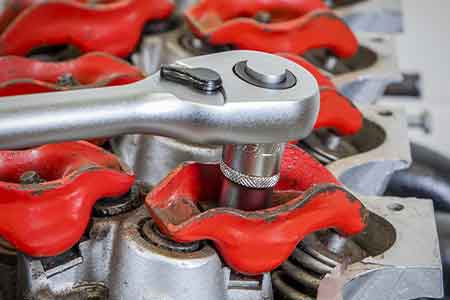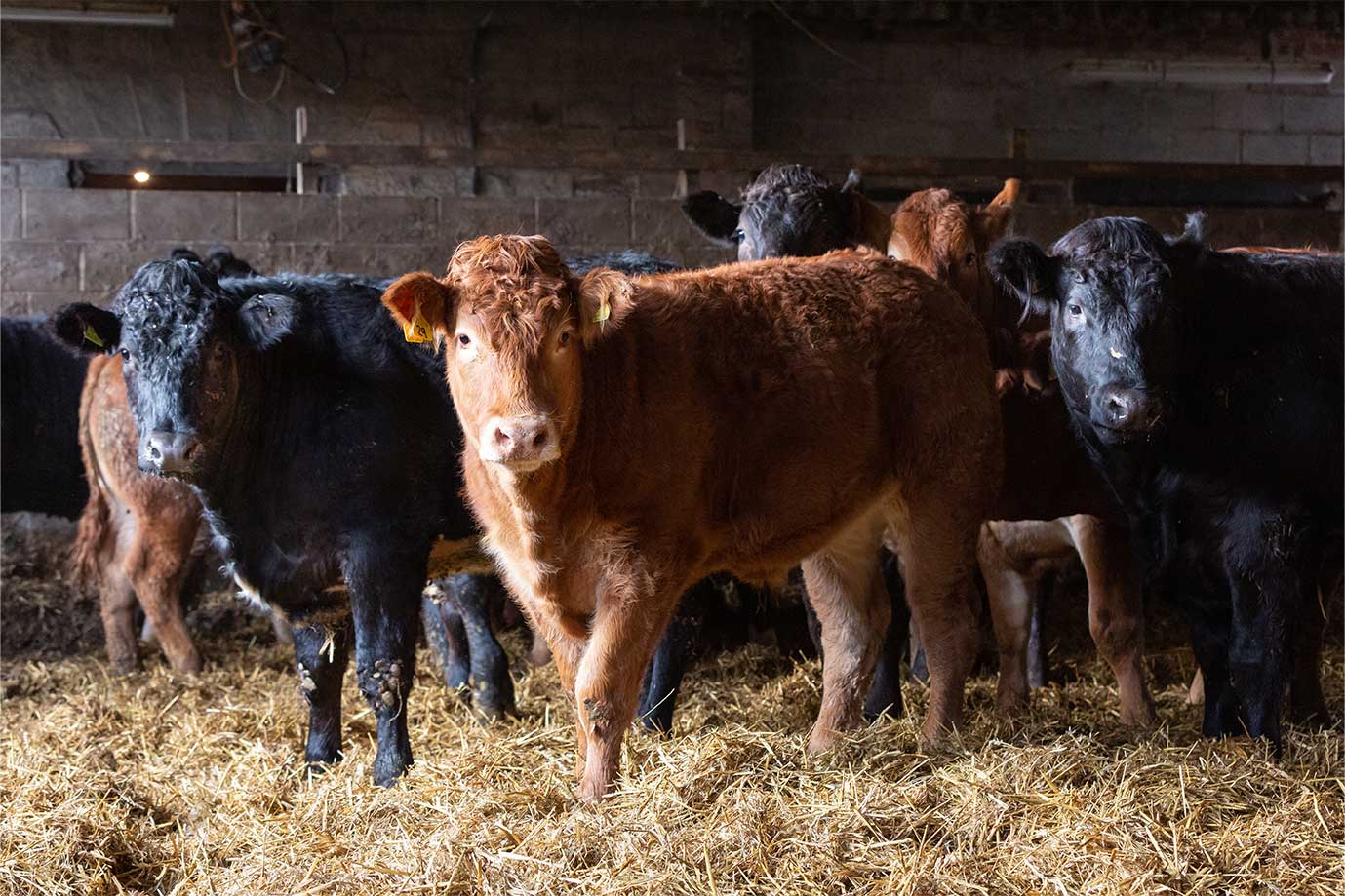Staying a step ahead in 2023

Variations in forage
During 2022, forage quality and quantity has been a challenge for many growers across the UK. With the hot and dry summer, grass growth was limited, and many silage cuts were impacted.
In the north, there were fairly good quantities of forage cut, but the quality was variable, so livestock performance has been under par.
However, in the south and east, forage stocks have been poor due to the drier weather which has brought on challenges for farmers with supplementation.
This has had an impact on national milk production. It’s been suggested that earlier this year, milk production dropped by up to a million litres a day when compared to the same time last year. However, production levels have since exceeded expected levels due to cows being fed either more concentrate or farmers moving towards late season grazing in the south of the country to support production.
In the year ahead, farmers will likely have to carefully manage their forage stock levels to ensure there is a sufficient supply to maintain livestock performance.
High milk prices
In the last year, milk prices have risen substantially, but alongside this, feed prices and input prices have also risen significantly with agricultural inflation now at around 30%.
This means farmers need to focus on production efficiency and balancing milk from forage to make sure performance is optimised.
It’s thought that milk price may drop in the spring so this could bring additional challenges if input costs remain high. Feeding animals as efficiently as possible will therefore be critical.
Labour
Labour is another challenge for the sector. There is limited availability of skilled labour across the UK at every level.
In agriculture, while technology, such as robotic milking machines, is seen as a way to overcome labour issues, there is still a need for a skilled workforce to look after animals, maintain machinery and manage farm businesses.
With the cost-of-living crisis, this issue could become much more of a strain in the year ahead. For example, a lack of labour could stop large herds expanding further.
Farm efficiency will help farmers to deal with the impacts of labour shortages.
Fertiliser costs
This year, farmers have generally experienced a good growing season, even on farms where there have been cut backs on fertiliser use due to rising fertiliser prices.
However, as input costs continue to rise and with inflation high, many more producers may be forced to cut back on fertiliser. Instead, they may rely more heavily on slurry and natural soil nutrition
With this in mind, farmers need to be conscious that soil nutrient reserves aren’t depleted by cutting back on fertiliser. Regularly testing soil and ensuring the soil nutrient balance is maintained will help to protect soil health and ensure crops are supported through their development.
There may also be opportunity to take advantage of the new Slurry Infrastructure Grant to maximise the use of slurry and muck on farm.
Energy costs
Like many across the country, the cost of living has increased for farmers and energy costs are at an all-time high. Farms rely heavily on energy for looking after animals, milking, machinery maintenance, storage and biosecurity. It’s therefore difficult to reduce the need for energy on farms.
To deal with this, farmers should take advantage of any government energy grants where possible and look at alternative farm practices to reduce energy reliance.
Jimmy’s top tips for farming in 2023
Heading into 2023, Jimmy provides some top tips that all farmers should consider:
- Look at accurate use of inputs – this could help farmers to save on costs and optimise performance
- Minimise waste – whether this is feed, fertiliser or energy
- Be careful with choosing the ‘cheaper’ option – sometimes the cheaper options don’t always deliver the desired results and may not help you to save on costs in the long run
For advice on managing your forage or inputs in the year ahead, speak to your local Carr’s Billington adviser.

























